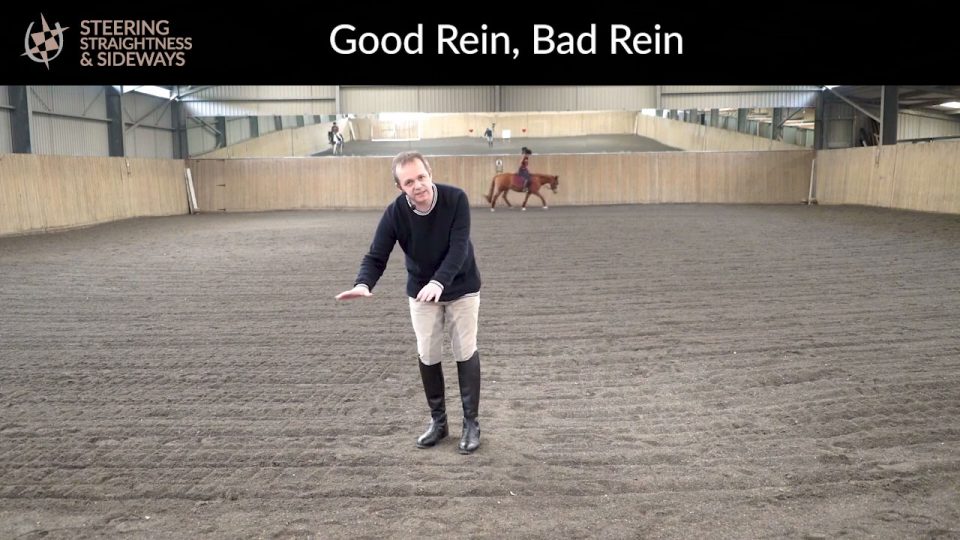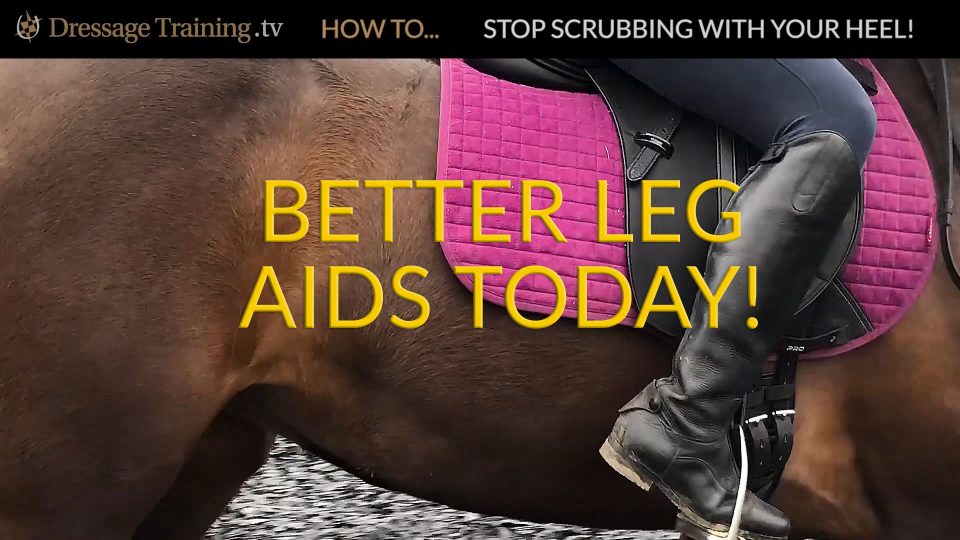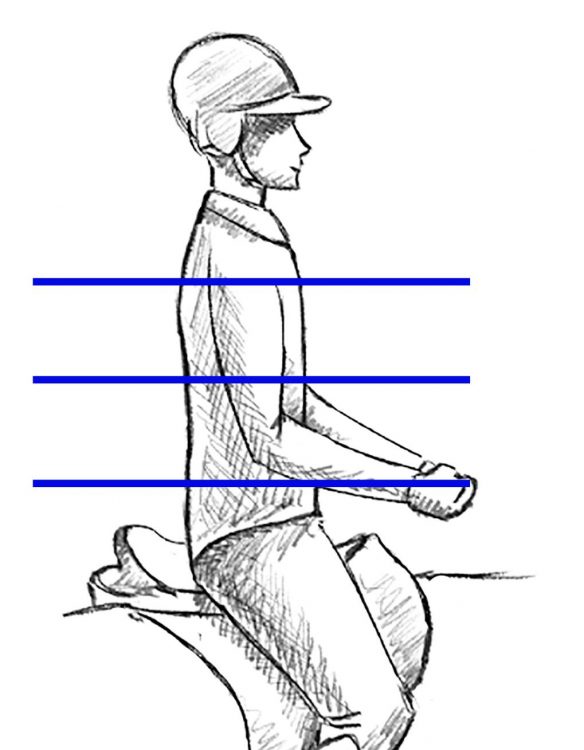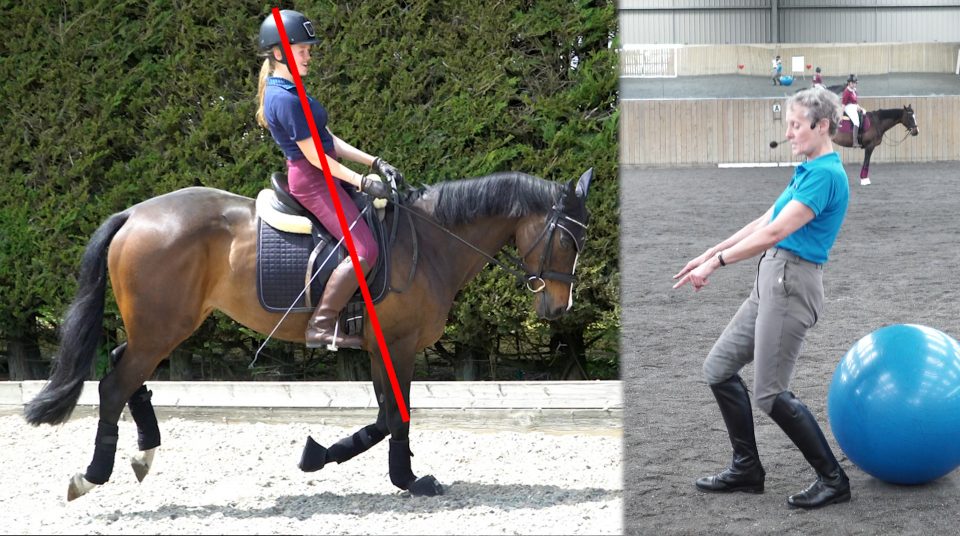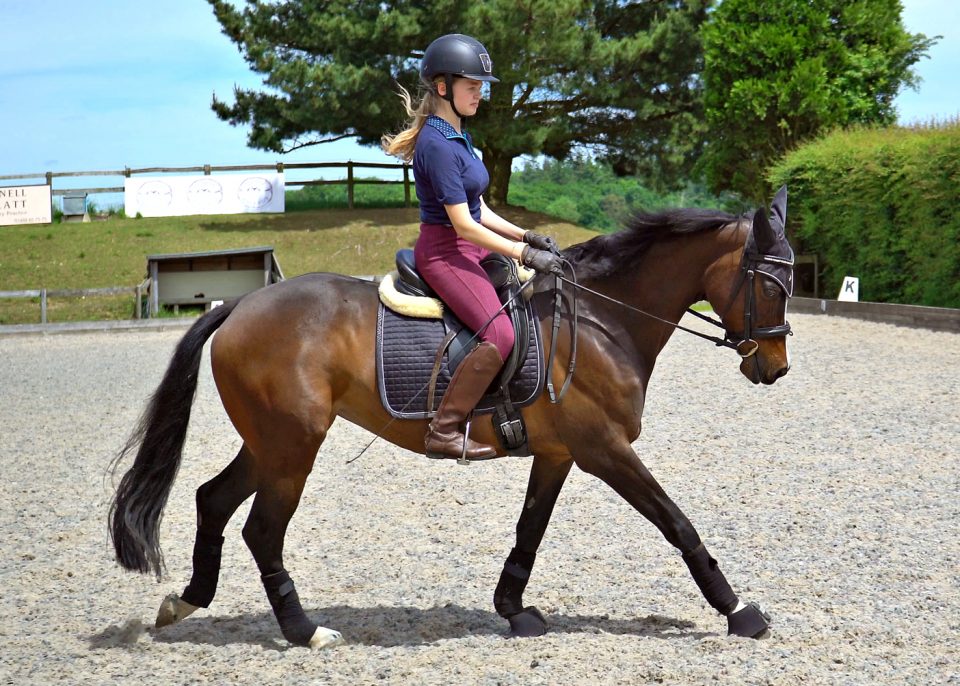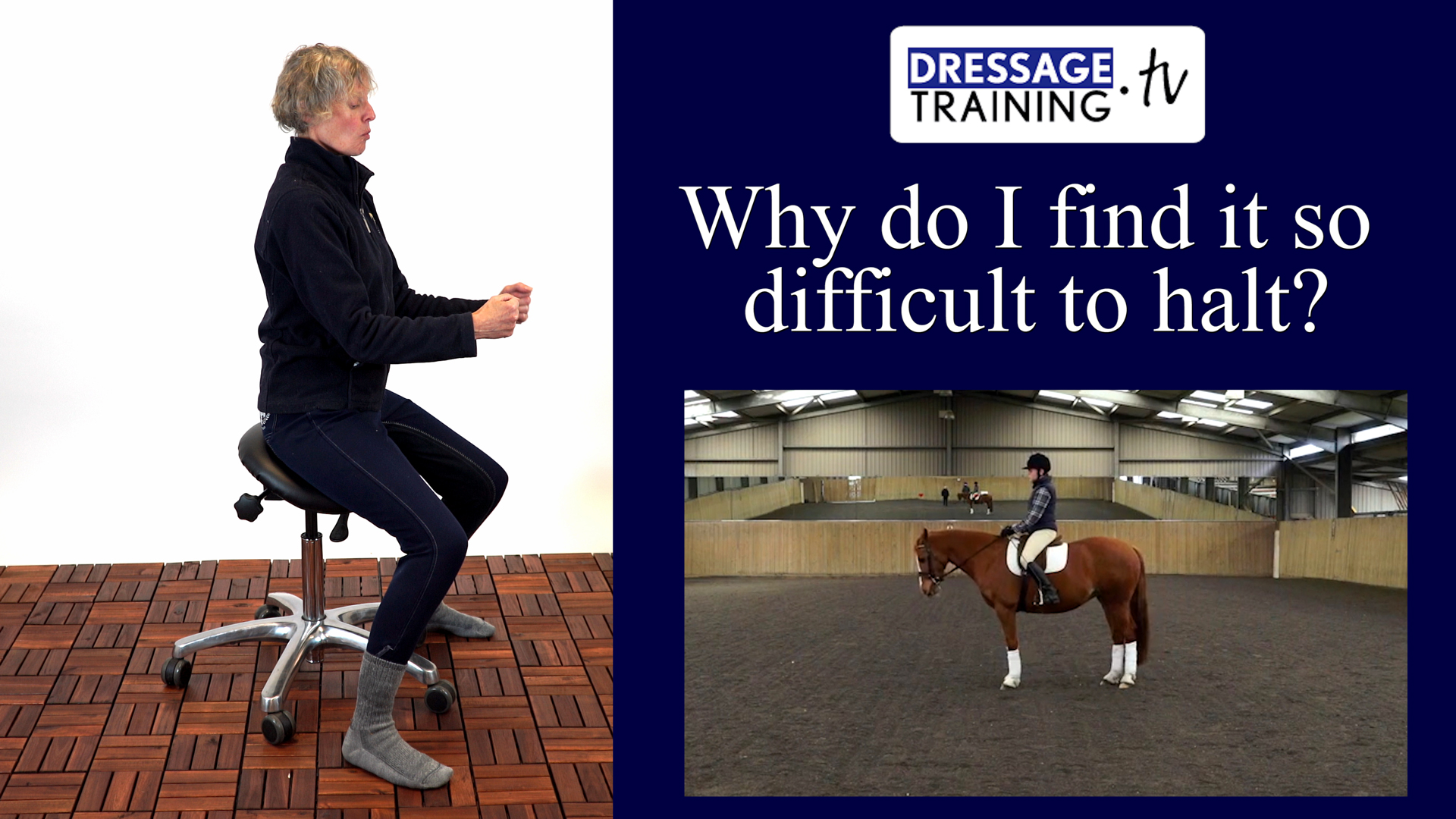
WHY IS HALTING SO DIFFICULT?
January 18, 2017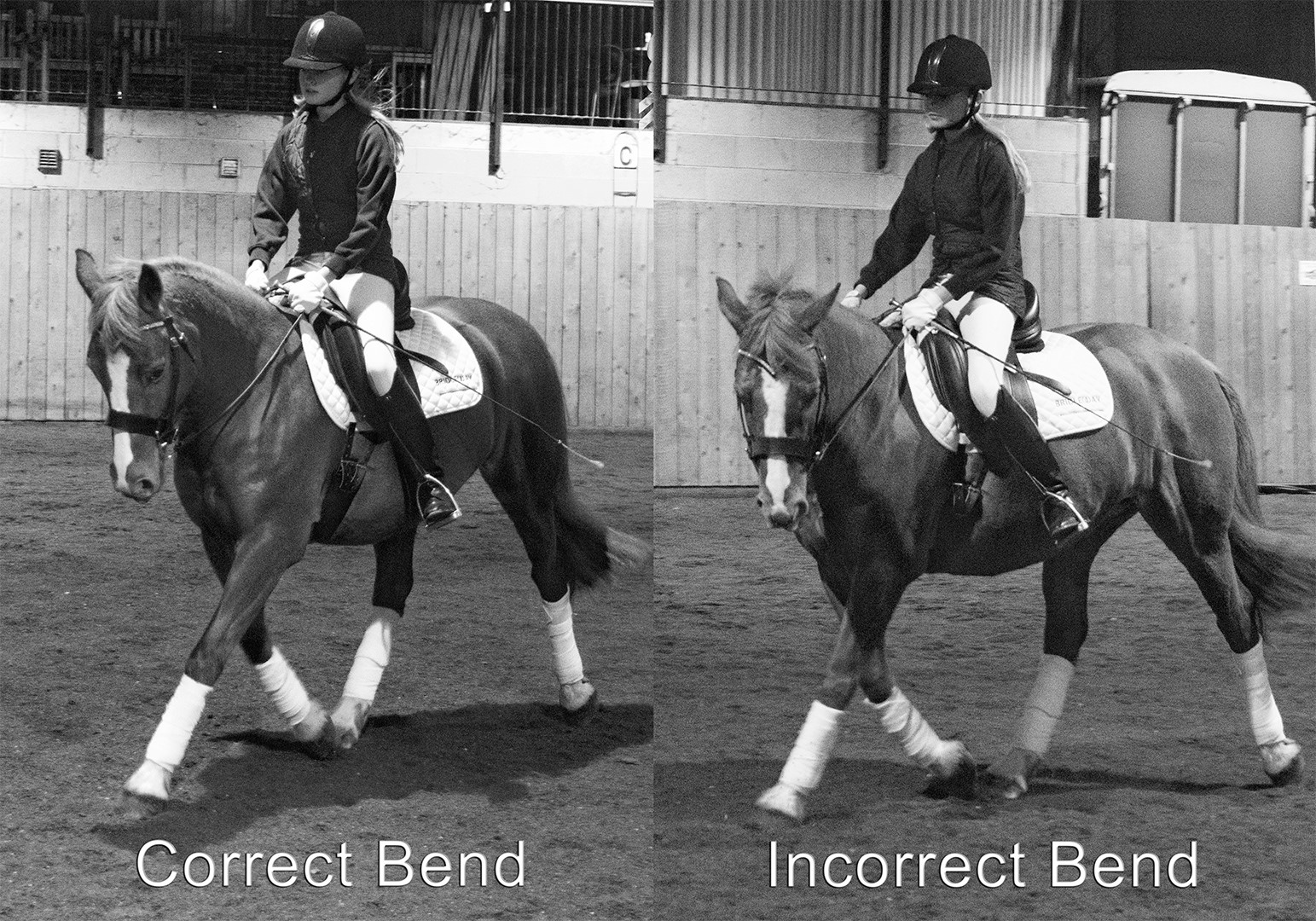
STEERING THE HORSE – CORRECT DRESSAGE TRAINING
February 27, 2017
HOW DO I STOP MY TOES TURNING OUT?
Join Dressage Training TV today and get 20% off your first month's membership using the code TWENTYOFF on the checkout page. Start working on your groundwork for a more responsive balanced horse with Ali Wakelin, get video lessons from Mary Wanless BHSI on Rider Biomechanics and learn competition tips from Peter Dove, author of Master Dressage
HOW DO I STOP MY TOES TURNING OUT?
German Cavalry Manual 1937 : "The thigh rests against the saddle; their inner broad surfaces are turn far enough inward to position the knee flat against the saddle....If the thigh is rotated in a way that makes the knee cap point outwards, it results in a hollow or open knee, which does not allow a secure seat"
THE HOW OF RIDING
Just one of the many courses available as part of membership to Dressage Training TV
Sign up as a new member TODAY to get access to the ENTIRETY of this course before we convert it to a single lesson per month series
10 RECORDED1 HOUR SESSIONS
(and unlimited replays) direct from our indoor arenas, using a selection of real riders and horses, to bring The 'How' of Riding to you in a clear, logical way. We'll dig deep into the how of riding to allow your horse to work better for you.
Taught by Peter Dove, author of Master Dressage with star appearances from Mary Wanless BHSI BSc
INCLUDED IN
SESSION 1
ALIGNMENT & POSITION
Covering stirrup length, leg position, neutral spine, tone and typical positional problems. Includes introduction to stability.
SESSION 2
THE SEAT
Covering seat bone control, seat bone movement, plugging in, weight aids, 'driving with the seat' and supporting your own weight.
SESSION 3
RISING TROT MECHANISM
Covering how to stabilise the lower leg, how to maintain tempo control, how to land correctly and typical mistakes in rising trot.
SESSION 4
DOWNWARD / UPWARD TRANSITIONS
SESSION 5
TURNING AND ASYMMETRY
Covering leg, seat and rein aids for turning, typical turning problems and solutions, an introduction to asymmetry issues.
SESSION 6
REIN AIDS
Covering correctly holding the reins, how to passive resist, turning rein, indirect rein, hand position, rein length and typical errors.
SESSION 7
SITTING TROT with Mary Wanless
Covering the sitting trot mechanics, pre-requisites, learning strategies and typical problems.
SESSION 8
IMPLUSION
Covering tempo control, leg aids, training of the horse, trotting poles and typical mistakes.
SESSION 9
CANTER with Mary Wanless
Covering sitting to the canter, strike off into canter, typical seat issues (bouncing and seat coming away from saddle) and tempo control.
SESSION 10
PROBLEM SOLVING & WRAP UP
Covering canter transitions and questions raised by Dressage Training TV members during the course.
All material and techniques used in this course are based wholly upon Ride With Your Mind training techniques. www.mary-wanless.com
DON'T MISS OUT ON THIS GREAT COURSE...
YOUR COACHES
MARY WANLESS
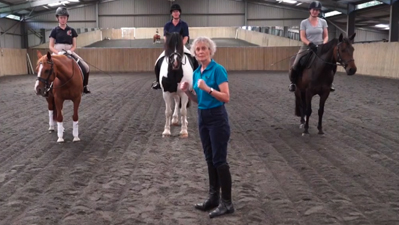
RWYM BHSI BSc
She has B.Sc. Degrees in both Physics and Applied Sports Coaching, and holds the BHSI certificate.
DID YOU KNOW THAT MARY:
Rode with the late Nuno Oliveira, and over the years she has spent many months training in Portugal. Mary has ridden in Germany with the late Egon Von Neindorff and has trained in Germany with Hans Heinrich Meyer-Zu-Strohen.
PETER DOVE
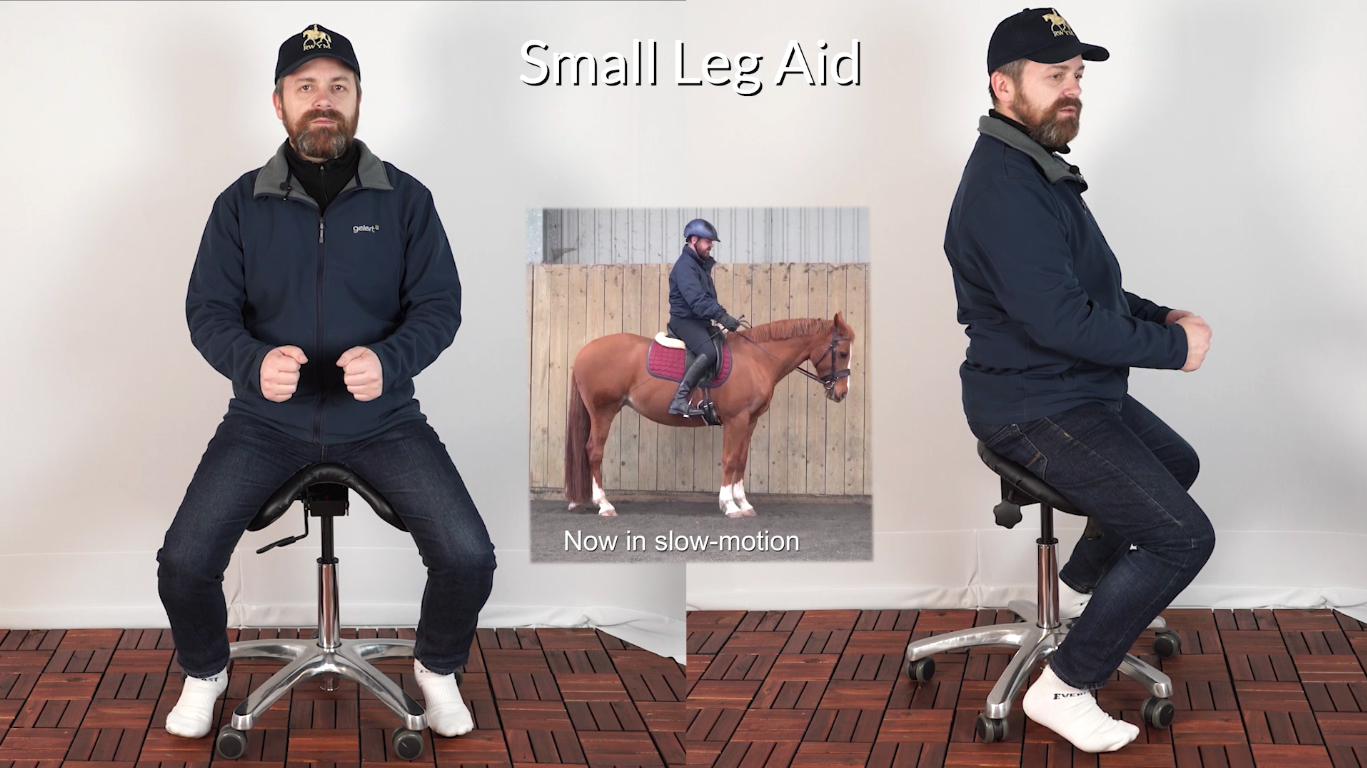
RWYM
MEMBERSHIP OPTIONS
Monthly Membership
3 Monthly
Works out just over £13 per month
6 Monthly
Works out as only £13 per month
Yearly Membership
Best Value 41p per day
JOIN DRESSAGE TRAINING TV TODAY AND GET ACCESS TO...
- Up to 5 hours of new video every month – with more and more videos and courses being added all the time
- Multiple courses – covering everything from groundwork to rider biomechanics to competing.
- Over 20hrs of existing videos and courses available on sign-up.
- Groundwork Certification Programme with Certificates & Badges
- Cohesive coaching system – based on Ride With Your Mind Rider Biomechanics – no confusing or conflicting techniques!
- Suitable for all levels – novices, riding school riders, experienced riders, competitive riders and coaches.
- Best Selling Authors Mary Wanless & Peter Dove, and senior RWYM coach Ali Wakelin, guide you through video, articles and live online training sessions
- Join today – and download the digital version of the book 'Master Dressage – The Basics'.
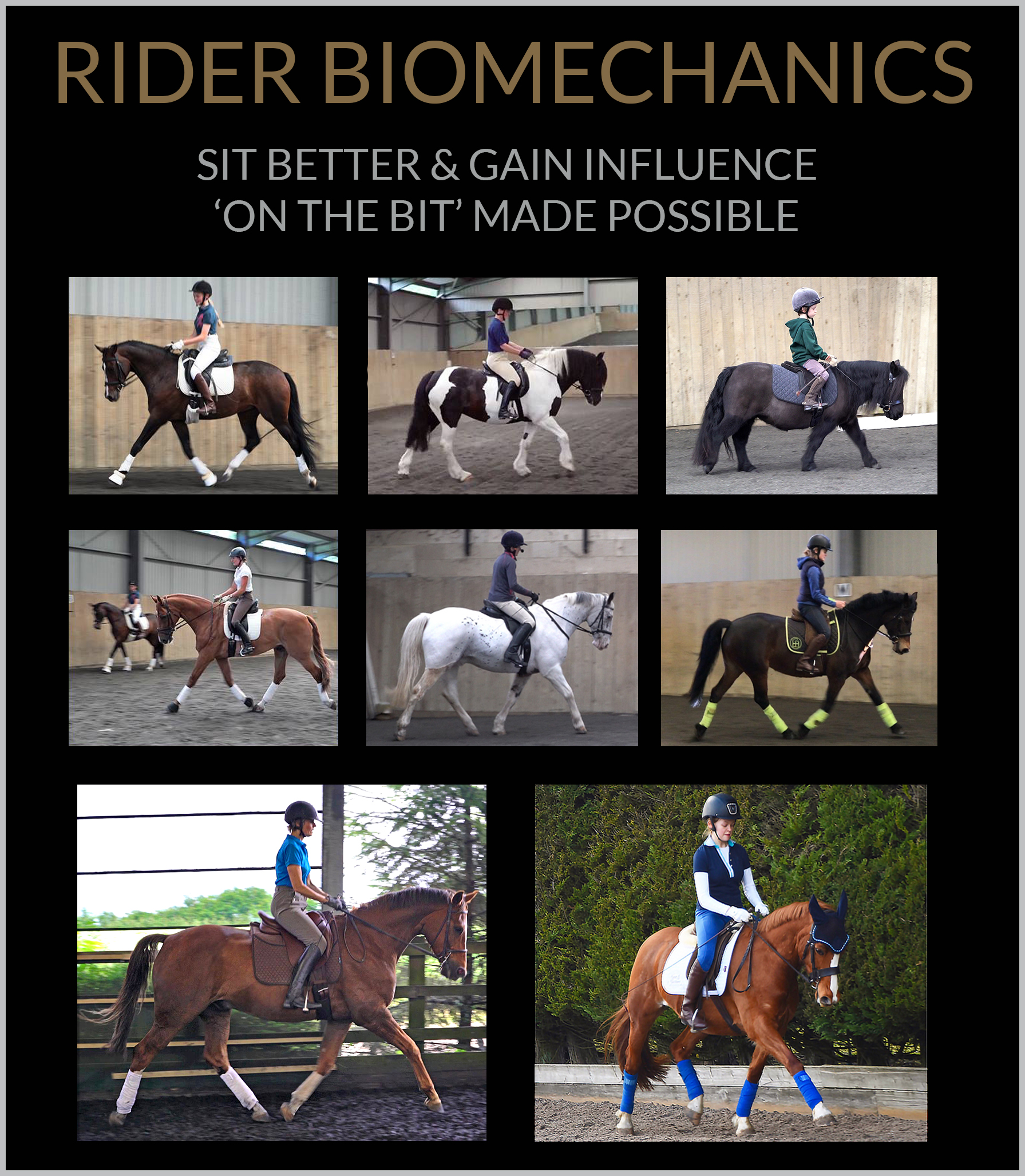
COURSE NOW AVAILABLE!
"Find the answer to On The Bit & Beginning Lateral Work with Mary Wanless BHSI BSc"
6 1hr lectures direct from our indoor arenas using real riders and horses to demonstrate how an understanding of the Fascial Net and Rider Biomechanics can influence the shape of the horse's back and cause them to move into 'The Seeking Reflexes' SIT BETTER & GAIN INFLUENCE
With focus on stability, tone and core you will learn how to sit better, be less affected by the horse's contortions and begin to shape the horse correctly through good rider biomechanics.
Imagine a ride with no shoving, pushing, pulling or fiddling. This is rider biomechanics - "making the impossible possible, the possible easy and the easy elegant..." - Moshé Feldenkrais
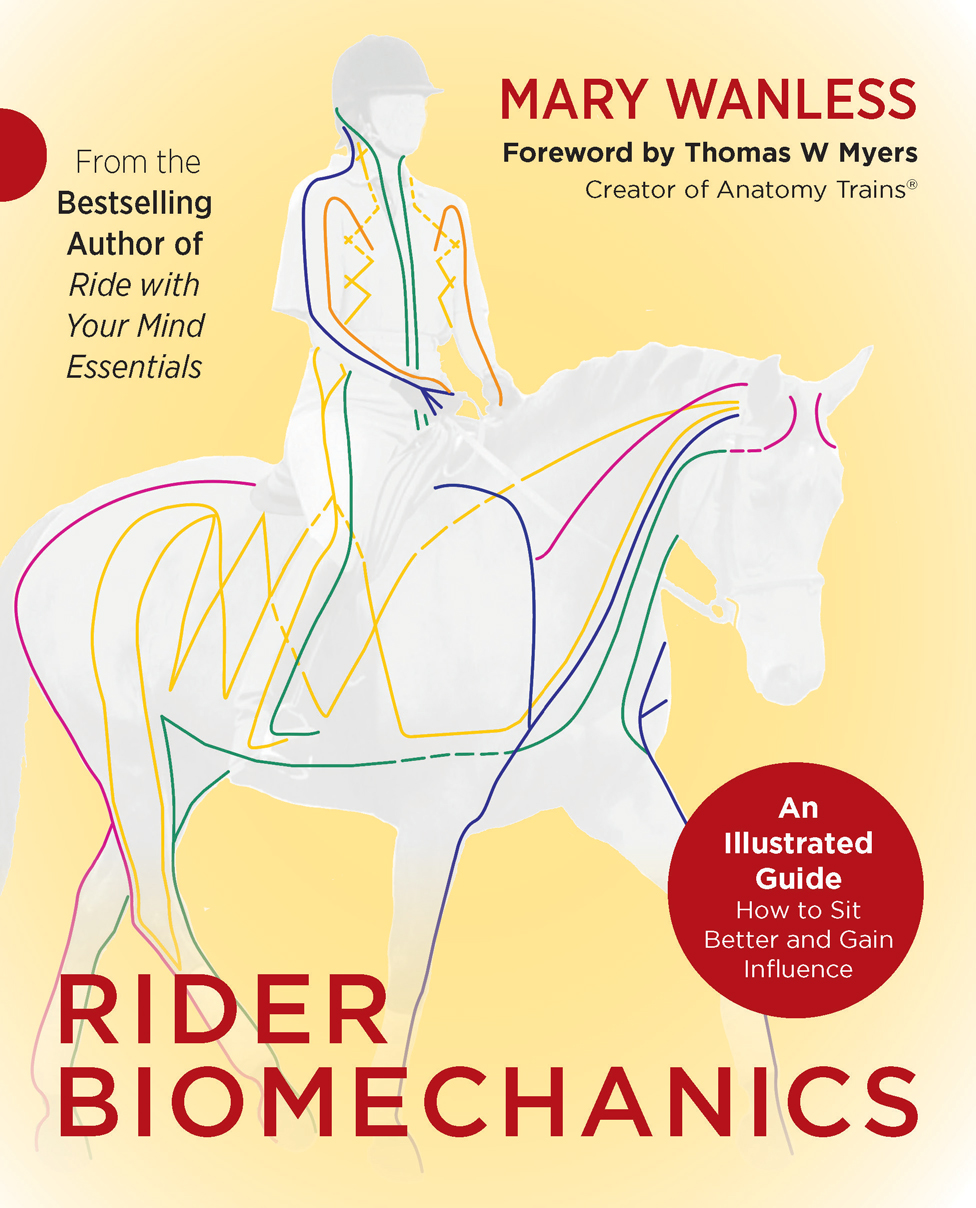
RIDER BIOMECHANICS
by MARY WANLESS BHSI BSc
Rider Biomechanics is a highly practical book designed to build your riding skills step-by-step, with numerous photographs, diagrams, and practical exercises to do on and off horse. Click the button below to learn more...
In my model of rider biomechanics, stability replaces relaxation as the rider’s trump card. It is centred stability that gives elite riders the body control to remain still, elegant and effective on top of the moving horse. The skills of training horses then have a solid foundation. Without inner stability, we are all temped to create outward stability by pulling on the reins; but even this may not stop the bumps, wobbles, or jerks that the horse cannot possibly interpret. Stable riders have reduced the ‘noise-to-signal’ ratio inherent in their sitting – they are neutral with respect to the forces of the horse’s movement. This spares the horse from wondering which of the rider's movements are meaningful, and which are noise.


